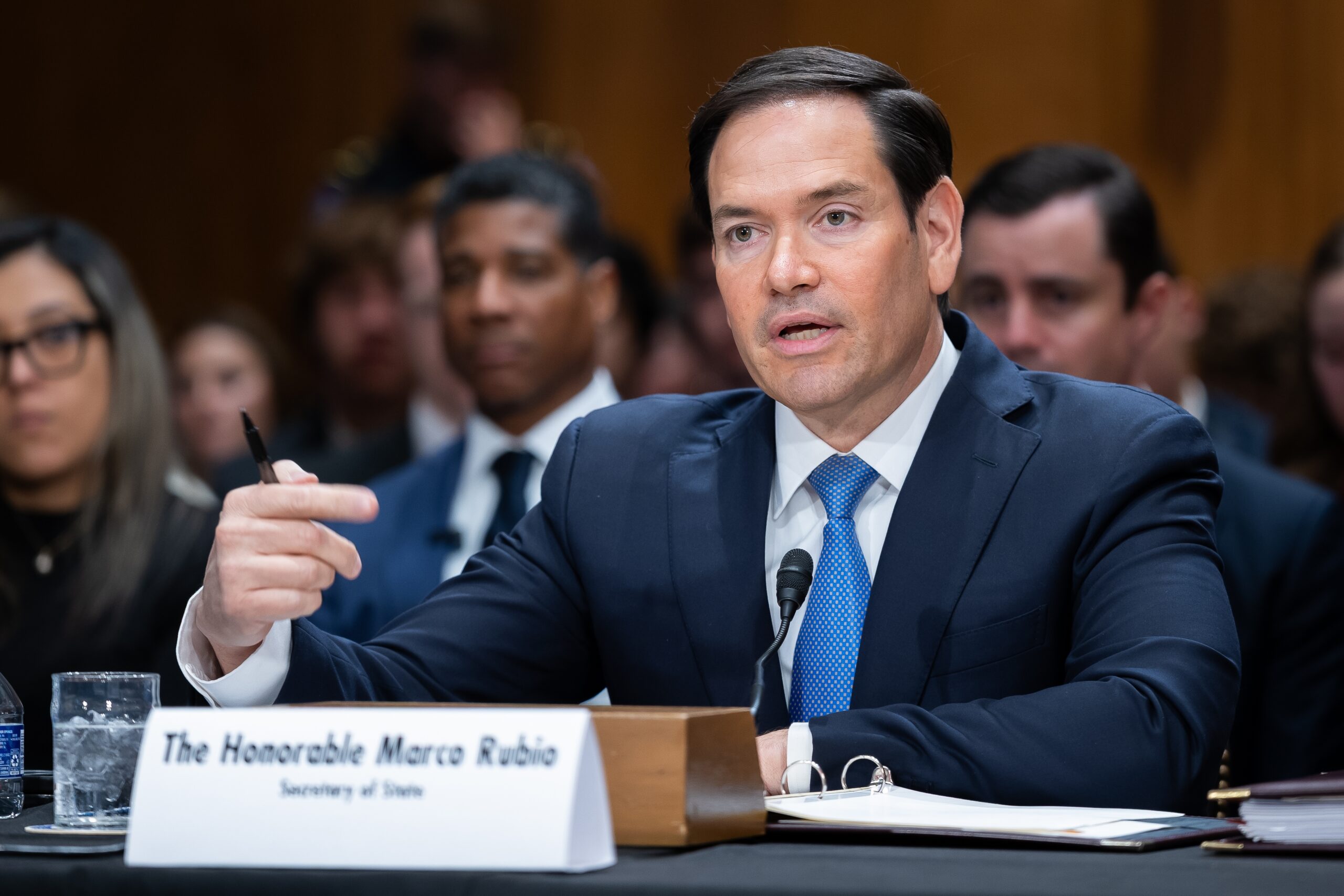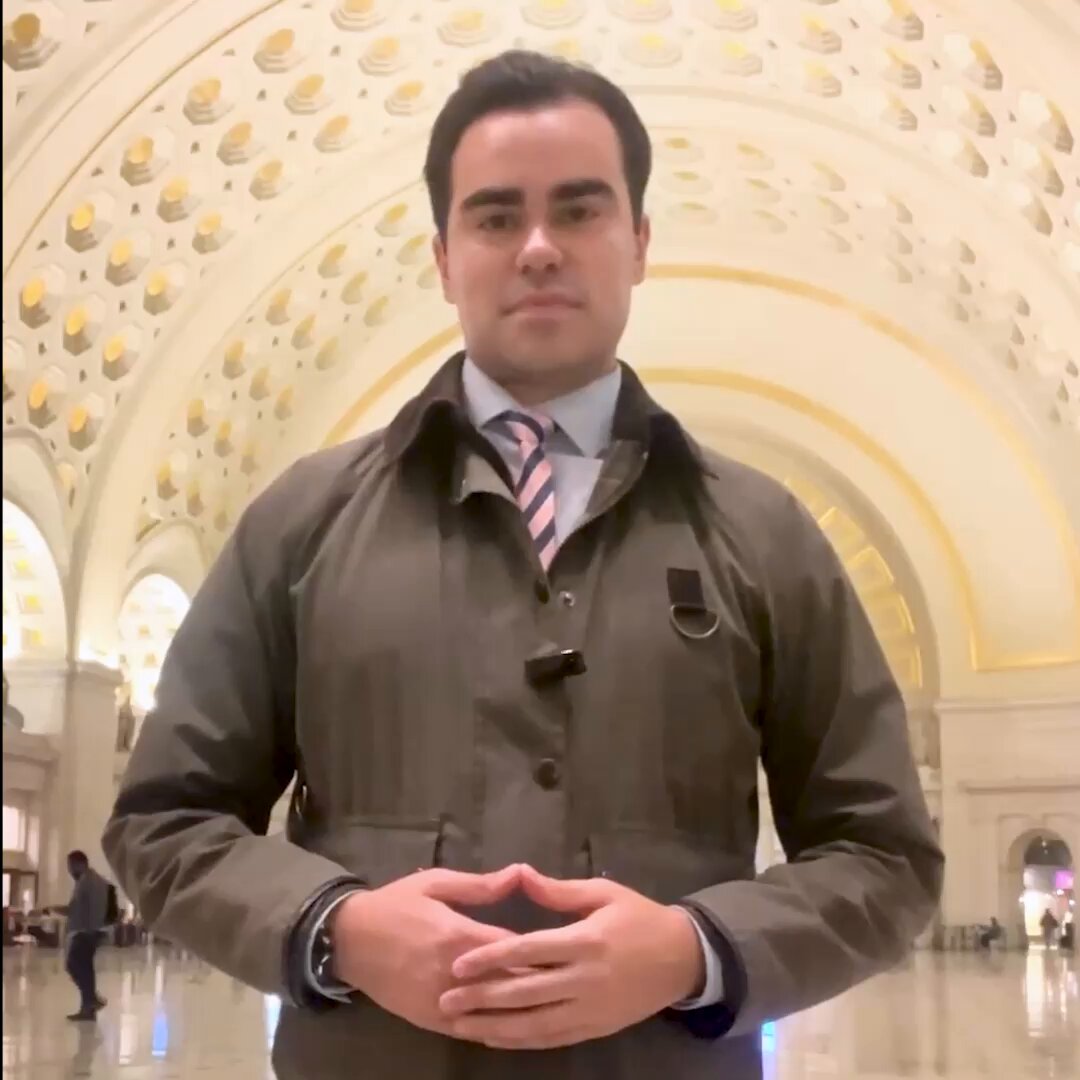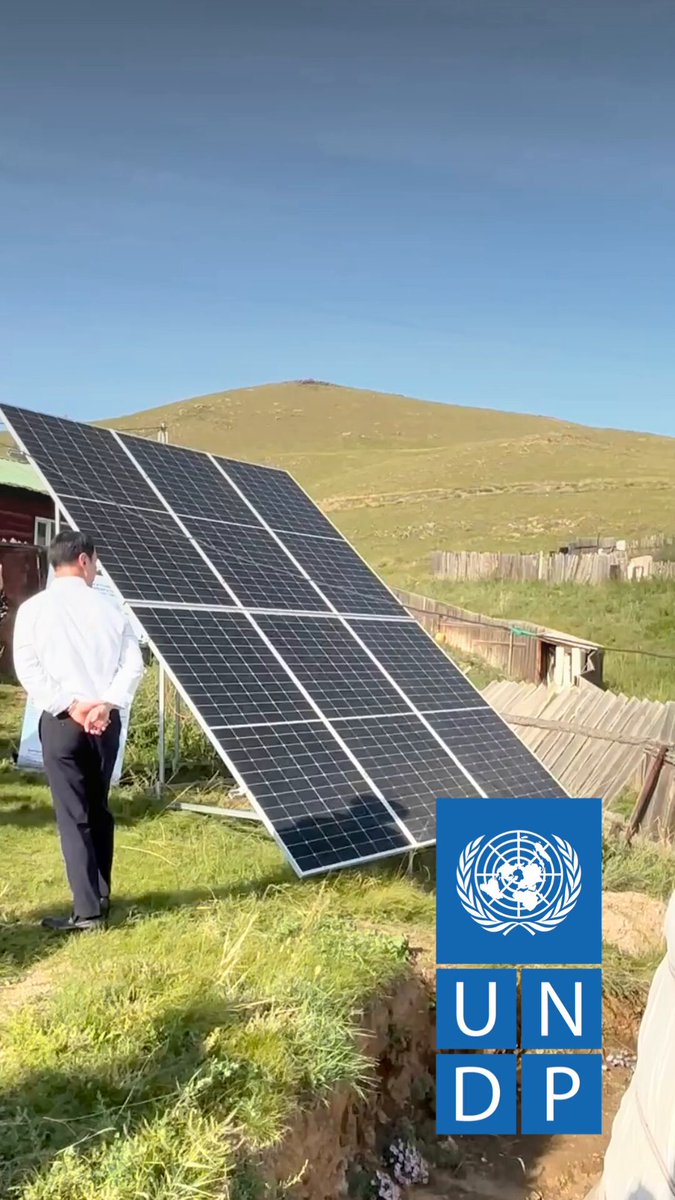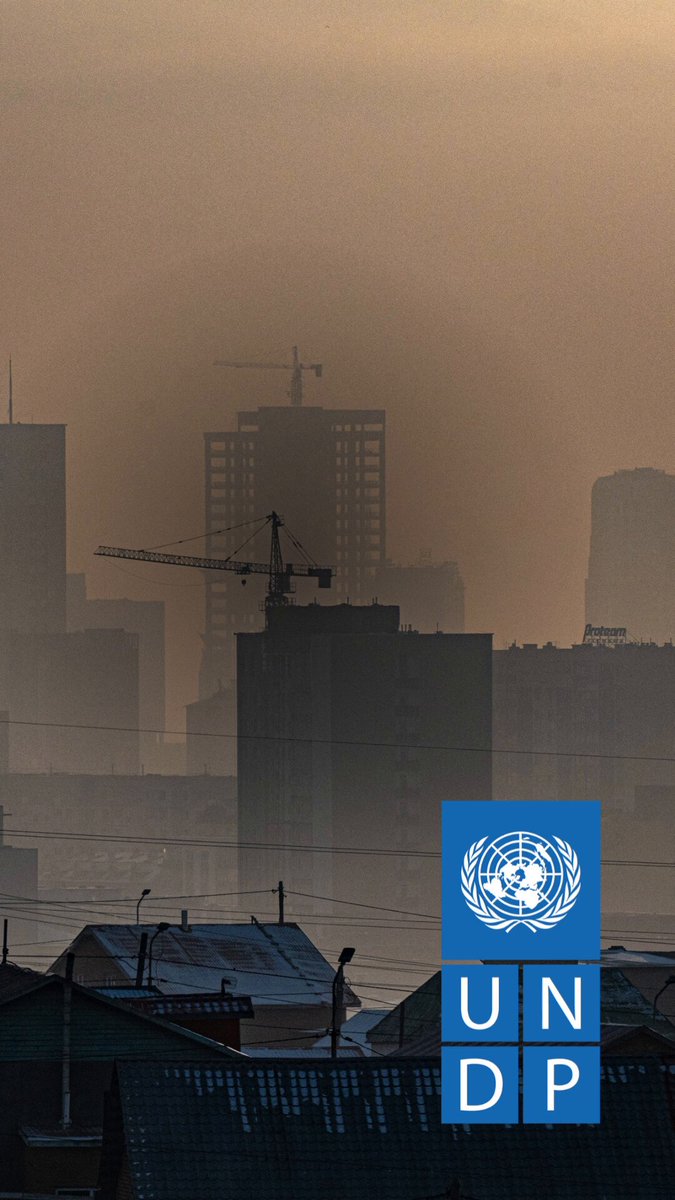Share
Array
(
[0] => WP_Post Object
(
[ID] => 16337
[post_author] => 5
[post_date] => 2025-12-11 00:00:05
[post_date_gmt] => 2025-12-11 00:00:05
[post_content] => On December 4, President Trump released his 2025 National Security Strategy (NSS), laying out an “America First” blueprint for U.S. foreign policy. At just over 30 pages, the document is notably brief and marks a departure from decades of emphasis on multilateralism.
Instead of broad-based engagement, the strategy adopts a narrower definition of U.S. national interest, prioritizing economic leverage and more tightly bounded commitments. At its core, it recalibrates how, where and why the United States engages abroad — with direct implications for alliances, including its relationship with the United Nations.
Here are key takeaways.
1. Narrower View of U.S. Interests
The NSS argues the U.S. should concern itself with other countries only when their actions “directly threaten U.S. interests.” Strategy is framed almost exclusively around sovereignty, border control, economic power and military dominance. International institutions are portrayed as “sovereignty-sapping” and sometimes “anti-American,” with explicit warnings against “globalism” and open-ended global governance.
2. Western Hemisphere Takes Priority
More than any previous NSS, the document recenters U.S. strategy on the Western Hemisphere – a modern “Trump Corollary” to the Monroe Doctrine. Migration, narcotics trafficking and foreign influence “closer to home” drive calls to reallocate resources toward the region, including expanded maritime operations and security cooperation across Latin America and the Caribbean.
At the UN, this could translate into more selective engagement with bodies tied to migration, counternarcotics and maritime security, such as the UN Office on Drugs and Crime (UNODC) and the International Organization for Migration (IOM).
3. “Economic Security Is National Security”
The strategy makes little distinction between economic policy and national security, asserting plainly that “economic security is national security.” Reindustrialization, supply chains, critical minerals, energy dominance and capital flows are treated as tools of strategic power. At the UN, agencies able to demonstrate clear links to economic stability or supply-chain resilience may find more traction than those centered on broader governance agendas.
4. Alliances on Transactional Terms
Alliances remain part of U.S. strategy, though the NSS presses allies – particularly in Europe – to assume greater responsibility for their own defense, endorsing a benchmark of five percent of GDP for NATO partners. That logic is likely to extend into UN debates on peacekeeping, with heightened pressure on costs, mandates and effectiveness.
5. Soft Power Is Recast, Not Gone
Foreign aid and soft power are not eliminated, but sharply reframed. The strategy criticizes the so-called “foreign aid complex,” prioritizing investment over assistance and pragmatic cooperation over democracy promotion, particularly in Africa and the Middle East. It signals support for political and economic reforms only when they emerge organically within countries themselves, rather than through external pressure.
What This Means for Multilateralism
Though much of the NSS may sit uneasily alongside broader multilateral ideals, this is nevertheless an opportunity for the UN to remind Americans of its value in interest-based terms: how UN sanctions disrupt illicit finance, how peacekeeping contains instability, how counterterrorism and non-proliferation efforts protect U.S. borders and markets, how early action on disease averts costlier interventions later and how refugee assistance reduces migration pressures at the U.S. border.
The same applies to essential technical agencies like the International Civil Aviation Organization, the World Meteorological Organization and the World Health Organization. They don’t undermine sovereignty – they protect it. Shared standards keep Americans safe while preventing chaos or rival powers from setting the rules. The real choice isn’t cooperation or independence; it’s cooperation or ceding control.
In a strategy defined by self-interest, the UN’s relevance may seem to narrow. In fact, it will become couched less in terms of norm-setting and more about crisis management — brokering ceasefires, preventing escalation and absorbing diplomatic friction so the U.S. doesn’t have to deploy troops.
In this environment, immediate outcomes will matter more than long-term agendas — a reality that will shape how multilateral partners navigate the years ahead.
[post_title] => What the 2025 National Security Strategy Means for Multilateralism
[post_excerpt] => President Trump’s 2025 National Security Strategy advances an "America First” approach with major implications for U.S. engagement with the United Nations.
[post_status] => publish
[comment_status] => closed
[ping_status] => closed
[post_password] =>
[post_name] => what-the-2025-national-security-strategy-means-for-the-un
[to_ping] =>
[pinged] =>
[post_modified] => 2025-12-11 02:34:40
[post_modified_gmt] => 2025-12-11 02:34:40
[post_content_filtered] =>
[post_parent] => 0
[guid] => https://betterworldcampaign.org/?p=16337
[menu_order] => 0
[post_type] => post
[post_mime_type] =>
[comment_count] => 0
[filter] => raw
)
[1] => WP_Post Object
(
[ID] => 16322
[post_author] => 5
[post_date] => 2025-12-08 20:02:47
[post_date_gmt] => 2025-12-08 20:02:47
[post_content] => While 2025 revealed significant challenges in the U.S.-UN relationship, it also underscored just how central the UN remains to advancing U.S. foreign policy priorities.
Time and again, the United States turned to the Security Council – successfully working through the body to press for an international force to confront gang violence in Haiti, renew sanctions on Iran and advance an historic resolution aimed at ending the war in Gaza.
Each initiative now faces its own journey beyond the Council. But how they made it through the chamber offers insight into diplomacy at work – of negotiation, process and compromise.
This is how that process works – from idea to adoption.
1. The Starting Line
It all begins when one or more Council members "take up the pen." In UN parlance, the “penholder” is the delegation responsible for drafting the text. It’s typically a Member State aligned with the resolution’s core objective, though not necessarily the most vocal or visible player on the issue.
The initial work usually starts behind closed doors at a UN mission in New York. There, issue experts work the phones – consulting regional groups, affected countries, key stakeholders and fellow Council delegations.
On high-stakes crises, the first draft can take weeks to shape and extend well beyond the Council’s 15 seats. The goal is simple but demanding: line up enough support – ideally unanimous, at minimum a majority – to act within the Council’s mandate. Early outreach matters, as boad buy-in at the start can prevent major political headaches later.
2. The “Zero Draft”
Next comes what diplomats call a “zero draft.” It’s a working text circulated purely for comment. Shared informally by email or message, it’s reviewed through a mix of written feedback, brief check-ins, hallway conversations and even WhatsApp or Signal messages. Delegations strike language, add caveats and suggest alternatives. The penholder’s team then consolidates those inputs, moving the text closer to a viable draft.
3. Negotiation
Once a draft exists, debate begins – and this is where things can get dicey. That’s because language is everything. A word like “ceasefire,” for example, carries very different weight than “truce.” Sorting out those nuances is the work of careful negotiation.
That negotiation usually happens off the record and off the floor. Formal discussions in the Council’s Consultations Room – just steps from the Chamber – are rare. Often, feedback comes from officials back in national capitals rather than from New York itself. This phase isn’t about speeches. It’s about finding language enough governments can live with, even if no one gets everything they want. (And no one ever gets everything they want.)
4. Going “in Blue”
After several rounds of negotiation, the penholder circulates a final draft. Depending on the stakes, it may also be shared with the wider UN membership to line up co-sponsors.
At that point, the text is assigned a document number and issued “in blue.” Once delivered on paper in blue ink, it now arrives in representatives’ email inboxes – still in blue font. The color is a historical quirk dating back to the 1970s when Security Council photocopiers used blue ink.
When a draft goes in blue, the message is clear: the Council is ready to act. A vote usually follows within 24 hours.
5. The Vote
The vote takes place at a formal, open meeting around the Security Council’s iconic horseshoe table. The Council president – an office that rotates monthly – gavels the session to order. Delegations make final statements outlining their support or reservations. Amendments may also be introduced. Then the president calls for action. A show of hands determines the outcome.
For a resolution to be adopted, at least nine members must vote in favor – and none of the five permanent members (the U.S., China, France, Russia or the United Kingdom) may cast a veto. Permanent members can, however, abstain, allowing a resolution to pass without their explicit support.
Watch proceedings of Security Council meetings live on UN TV.
6. From Blue to Black
The final step is administrative but profoundly consequential. Once adopted, a resolution is translated into the UN’s six official languages and published in black, entering the Security Council’s permanent record. Every draft – passed or not – is numbered and archived.
It's worth noting that those records will soon become much easier to search, offering the public greater insight into how decisions evolve behind closed doors.
Find all Security Council resolutions in their archive.
From conception to adoption, what emerges through the process is diplomacy not as spectacle, but as real craft – built painstakingly and through compromise. It’s rarely tidy, often frustrating and – as 2025 demonstrated – still one of the few ways the international community moves from crisis to collective action.
[post_title] => The Making of a UN Security Council Resolution
[post_excerpt] => What it takes to move a resolution through the UN Security Council offers a look at diplomacy in action – from negotiation to adoption.
[post_status] => publish
[comment_status] => closed
[ping_status] => closed
[post_password] =>
[post_name] => the-making-of-a-un-security-council-resolution
[to_ping] =>
[pinged] =>
[post_modified] => 2025-12-08 21:22:20
[post_modified_gmt] => 2025-12-08 21:22:20
[post_content_filtered] =>
[post_parent] => 0
[guid] => https://betterworldcampaign.org/?p=16322
[menu_order] => 0
[post_type] => post
[post_mime_type] =>
[comment_count] => 0
[filter] => raw
)
[2] => WP_Post Object
(
[ID] => 16081
[post_author] => 5
[post_date] => 2025-11-20 22:23:57
[post_date_gmt] => 2025-11-20 22:23:57
[post_content] => As Americans prepare for Thanksgiving, it’s worth remembering that the stability of our own food system is tied to forces beyond our borders. When a drought strikes Africa or conflict disrupts trade in the Black Sea, American farmers and families feel it – through volatile prices, disrupted supply chains and uncertain markets.
The UN Food and Agriculture Organization is one of the few institutions with the reach and credibility to steady those shocks – providing the data, standards and coordination to keep global markets from spinning out of control.
For the United States, engagement with FAO is not a matter of abstract diplomacy; it protects a $176 billion export economy, safeguarding rural livelihoods and ensuring that Americans – and the world – retain reliable access to food in an era of uncertainty.
For years, some in Washington have regarded FAO as another UN bureaucracy. In truth, it is the world’s agricultural intelligence service. Its data anchors the USDA’s commodity forecasts and food security models. Its Food Price Index guides U.S. exporters through the volatility of global grain, dairy and meat markets to help U.S. exporters gauge opportunity and risk. Last year, one-fifth of all U.S. agricultural production was sold overseas. That trade depends on stable foreign demand. When droughts, pests or conflicts strike abroad, it's FAO’s early warning systems that give American producers the foresight to adjust before global shocks slam our own supply chains.
"FAO is the world’s agricultural intelligence service."
What’s more, FAO sets the standards that govern how food is transported. Through the Codex Alimentarius – its joint venture with the World Health Organization – the agency defines safety and quality norms that determine whether an Iowa soybean shipment reaches Europe or stalls in port. American farmers may never see the FAO logo on their packaging, but its work quietly protects their access to foreign markets. Even programs that feel remote – like locust eradication in East Africa or soil mapping in South Asia – calm the same global prices that shape profits in Kansas and California.
"Every dollar Washington invests in FAO returns as intelligence, stability and influence."
Put simply, America’s stake in FAO is risk management. A resilient global food system insulates domestic farmers from market shocks and keeps grocery shelves affordable for American families. Every dollar Washington invests in FAO returns as intelligence, stability and influence. In a century when climate patterns and trade routes shift faster than political alliances, weakening this network by shortchanging the wider UN system isn’t just shortsighted – it undercuts America’s own agricultural strength.
[caption id="attachment_16083" align="alignright" width="300"] FAO Director-General at WFF Opening | Photo Credit: FAO/Pier Paolo Cito[/caption]
And FAO offers something else American farmers need: youth. I just returned from the World Food Forum in Rome, where I met with FAO’s Youth Assembly and Youth Policy Board. The average American farmer is nearly 58 years old; the youth in attendance were a reminder that without a pipeline of younger producers and researchers, productivity gains will stall just as demand peaks.
These young leaders are already driving practical solutions: reducing food waste, strengthening urban-rural linkages and accelerating technology transfer from research universities to family farms. That kind of generational renewal is exactly where deeper U.S. engagement with FAO holds untapped promise, helping attract young people to agribusiness and plugging them into global networks that boost American competitiveness.
The World Food Forum showed that when nations cooperate, markets steady, innovation accelerates and farmers everywhere gain.
The future of food belongs to countries that see cooperation as strength. It’s a timely reminder that the abundance on our tables depends on both the resilience of American farmers and the global systems that support them.
FAO Director-General at WFF Opening | Photo Credit: FAO/Pier Paolo Cito[/caption]
And FAO offers something else American farmers need: youth. I just returned from the World Food Forum in Rome, where I met with FAO’s Youth Assembly and Youth Policy Board. The average American farmer is nearly 58 years old; the youth in attendance were a reminder that without a pipeline of younger producers and researchers, productivity gains will stall just as demand peaks.
These young leaders are already driving practical solutions: reducing food waste, strengthening urban-rural linkages and accelerating technology transfer from research universities to family farms. That kind of generational renewal is exactly where deeper U.S. engagement with FAO holds untapped promise, helping attract young people to agribusiness and plugging them into global networks that boost American competitiveness.
The World Food Forum showed that when nations cooperate, markets steady, innovation accelerates and farmers everywhere gain.
The future of food belongs to countries that see cooperation as strength. It’s a timely reminder that the abundance on our tables depends on both the resilience of American farmers and the global systems that support them.
"The future of food belongs to countries that see cooperation as strength."
[post_title] => American Farmers Have Much to Gain from the United Nations
[post_excerpt] => When global shocks abroad disrupt food security at home, the UN Food and Agriculture Organization helps protect U.S. farmers, families and businesses.
[post_status] => publish
[comment_status] => closed
[ping_status] => closed
[post_password] =>
[post_name] => american-farmers-have-much-to-gain-from-the-united-nations
[to_ping] =>
[pinged] =>
[post_modified] => 2025-11-20 22:25:32
[post_modified_gmt] => 2025-11-20 22:25:32
[post_content_filtered] =>
[post_parent] => 0
[guid] => https://betterworldcampaign.org/?p=16081
[menu_order] => 0
[post_type] => post
[post_mime_type] =>
[comment_count] => 0
[filter] => raw
)
[3] => WP_Post Object
(
[ID] => 16229
[post_author] => 5
[post_date] => 2025-11-17 22:47:13
[post_date_gmt] => 2025-11-17 22:47:13
[post_content] => On November 17, the UN Security Council approved a U.S.-drafted resolution endorsing President Trump’s 20-point Comprehensive Plan to End the Gaza Conflict, marking the most ambitious international effort since the ceasefire to establish a post-war framework for Gaza.
The resolution passed with 13 votes in favor and none against. Russia and China abstained.
U.S. Ambassador Mike Waltz hailed the outcome as an “historic and constructive resolution” that charts a new course for the Middle East.
Here's what we know so far.
What the Resolution Sets in Motion
The resolution contains five key provisions.
It formalizes Washington’s post-war blueprint, embedding it in a UN-mandated framework rather than a bilateral political track, giving the plan the force of international law and increasing its legitimacy.
It authorizes the creation of a temporary governing authority, known as the Board of Peace (BoP), which will assume day-to-day administrative responsibilities in Gaza through at least December 2027.
It calls for the establishment of a multinational security mission – an International Stabilization Force (ISF) – that would progressively take over from Israeli forces in designated areas and oversee demilitarization provisions.
It gives the BoP authority over humanitarian aid coordination and delivery, which will be carried out in partnership with international institutions, including UN agencies and the World Bank (which backed the proposal just days before the vote).
The text also includes reference to the potential for a “credible pathway” to Palestinian self-determination and eventual statehood – the first such language to appear in a U.S.-drafted Security Council resolution since the war began.
Details of Oversight
The heart of the plan is the two-part transitional structure – civilian administration paired with international security enforcement.
The BoP is a non-UN body with international legal standing conferred by its UN Security Council authorization, and will be chaired by President Trump, with a focus on handling administration, reconstruction, budgeting and donor coordination. Its function will be one of coordination rather than replacing governance. Meanwhile, Palestinians will hold operational but not electoral roles, a scenario some analysts say could invite legitimacy challenges among the population. UN agencies will continue to lead humanitarian and civilian-protection operations with full access across Gaza.
In parallel, the ISF would assume security responsibilities once the territory is deemed sufficiently stable. Its mission includes securing Gaza’s borders, protecting humanitarian corridors and shelters, supervising phased disarmament of Hamas and other armed factions, and training a new Palestinian police service capable of eventually taking over internal security. Several Muslim-majority nations – including Indonesia, Turkey, Egypt and Azerbaijan – have indicated willingness to participate, but only under a UN mandate. No U.S. combat troops would be deployed.
Why the United Nations Remains Central
Although the structure was conceived in Washington and will be chaired by a U.S. president, diplomats stress the UN remains indispensable in post-war Gaza. That's because UN agencies are the only ones with sustained operational access and capacity to deliver services at scale inside the Strip, troop-contributing nations to the ISF would never deploy without a UN mandate and humanitarian standards still run through UN mechanisms. The resolution also adds new aid integrity rules to guard against diversion and misuse.
Unresolved Legal, Political and Funding Questions
Despite the passage of the resolution, significant uncertainties remain.
While many parties continue to push for a governance role for the Palestinian Authority (PA), the resolution assigns interim authority to the BoP without PA representation, oversight mechanisms or detailed accountability rules. The conditions and timeline for transferring authority to the PA are also broadly defined. Several delegations — including Russia, China and Arab governments — underscored that long-term stability requires clear pathways for Palestinian consent and meaningful political participation.
Critically, any multinational force will fail without America's full financial support of the UN. In the past three months alone, the Administration has clawed back more than $800 million in funds that Congress already approved for UN peace operations and withheld money obligated for UN membership dues. If the U.S. continues to push for countries to support vital efforts such as this and then delays or denies funding, it will undermine the ISF and further erode U.S. credibility to pursue broader peacebuilding efforts on the global stage.
Why the Vote Matters for the United States
For Washington, the resolution represents a major strategic shift. It moves Gaza from emergency relief to internationally administered stabilization, continues American engagement while avoiding direct troop deployment and distributes security, reconstruction and financial responsibility across a broader coalition.
It also comes after the U.S. and other members of the Security Council have struggled to agree on Gaza-related resolutions. Despite such challenges, the Trump administration reaffirmed the importance of the UN as a central diplomatic venue and the significance of a UN mandate for rallying the world around a U.S. foreign policy priority.
What Comes Next
Congress has a critical role to play as the action on implementation moves to Washington. Lawmakers will now determine funding and conditionality for U.S. contributions, including the structure of a World Bank-managed Gaza reconstruction trust fund and funding for badly needed humanitarian relief.
The resolution marks the first internationally-backed, multi-year roadmap intended to move Gaza from war toward reconstruction, governance and, potentially, political determination. Supporters argue that it may help stabilize the territory and reset regional diplomacy, while critics warn that without legitimacy and enforceable accountability, Gaza could become trapped in a provisional international system – stable enough to function, yet too fragile to produce sovereignty or lasting peace.
[post_title] => The UN Security Council Just Backed the U.S. Plan for Gaza – What It Means and What Comes Next
[post_excerpt] => The UN Security Council approved a U.S.-drafted plan for Gaza, establishing a temporary governing body and international stabilization force. The move is seen as a major step beyond the ceasefire.
[post_status] => publish
[comment_status] => closed
[ping_status] => closed
[post_password] =>
[post_name] => the-un-security-council-just-backed-the-u-s-plan-for-gaza-what-it-means-and-what-comes-next
[to_ping] =>
[pinged] =>
[post_modified] => 2025-11-18 14:33:42
[post_modified_gmt] => 2025-11-18 14:33:42
[post_content_filtered] =>
[post_parent] => 0
[guid] => https://betterworldcampaign.org/?p=16229
[menu_order] => 0
[post_type] => post
[post_mime_type] =>
[comment_count] => 0
[filter] => raw
)
)
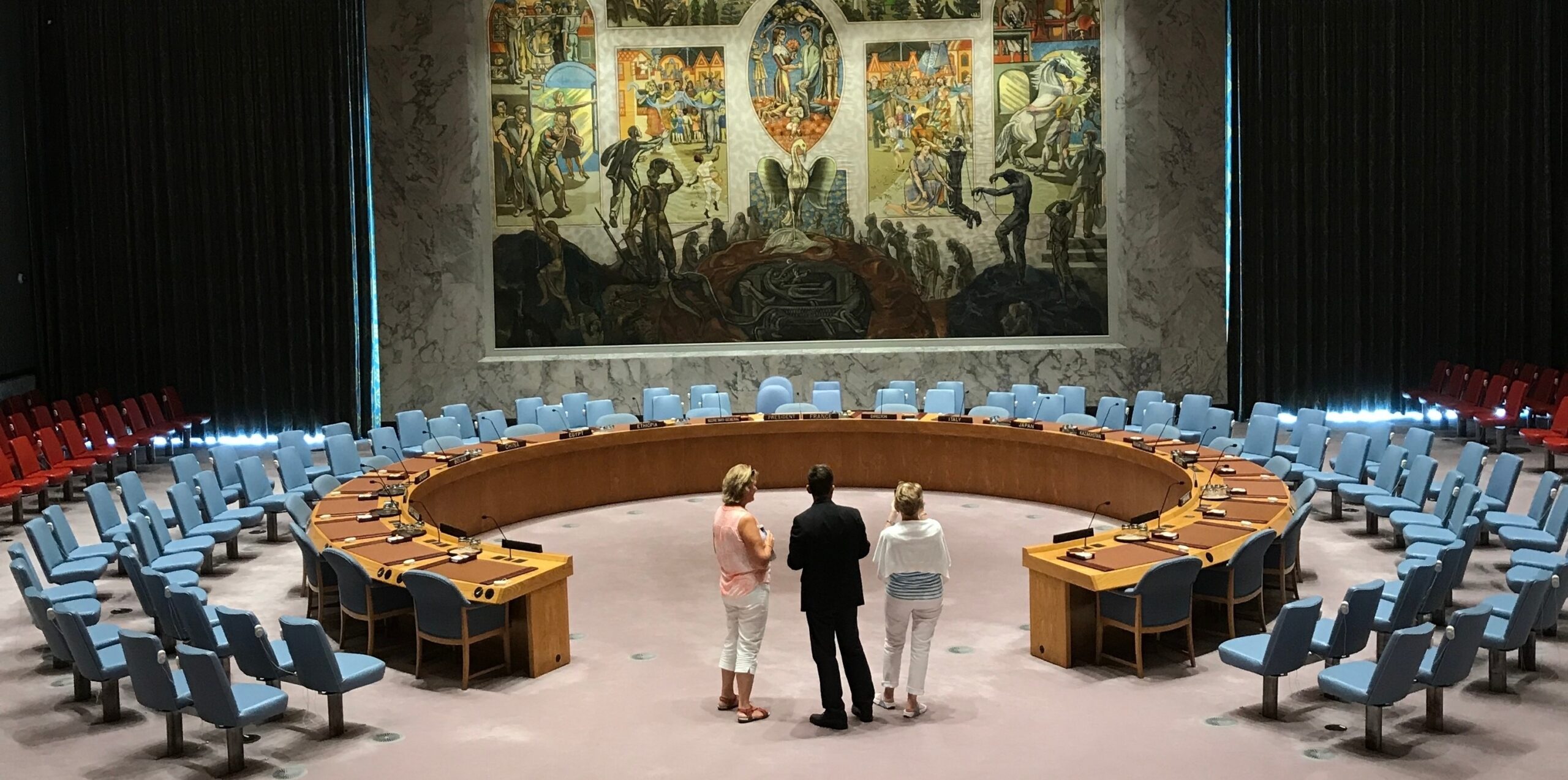

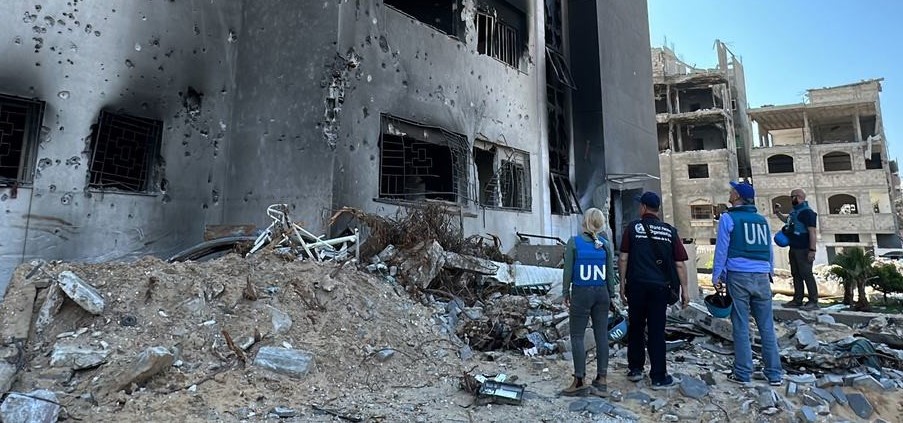
The UN Security Council Just Backed the U.S. Plan for Gaza – What It Means and What Comes Next


American Farmers Have Much to Gain from the United Nations

The UN Security Council Just Backed the U.S. Plan for Gaza – What It Means and What Comes Next
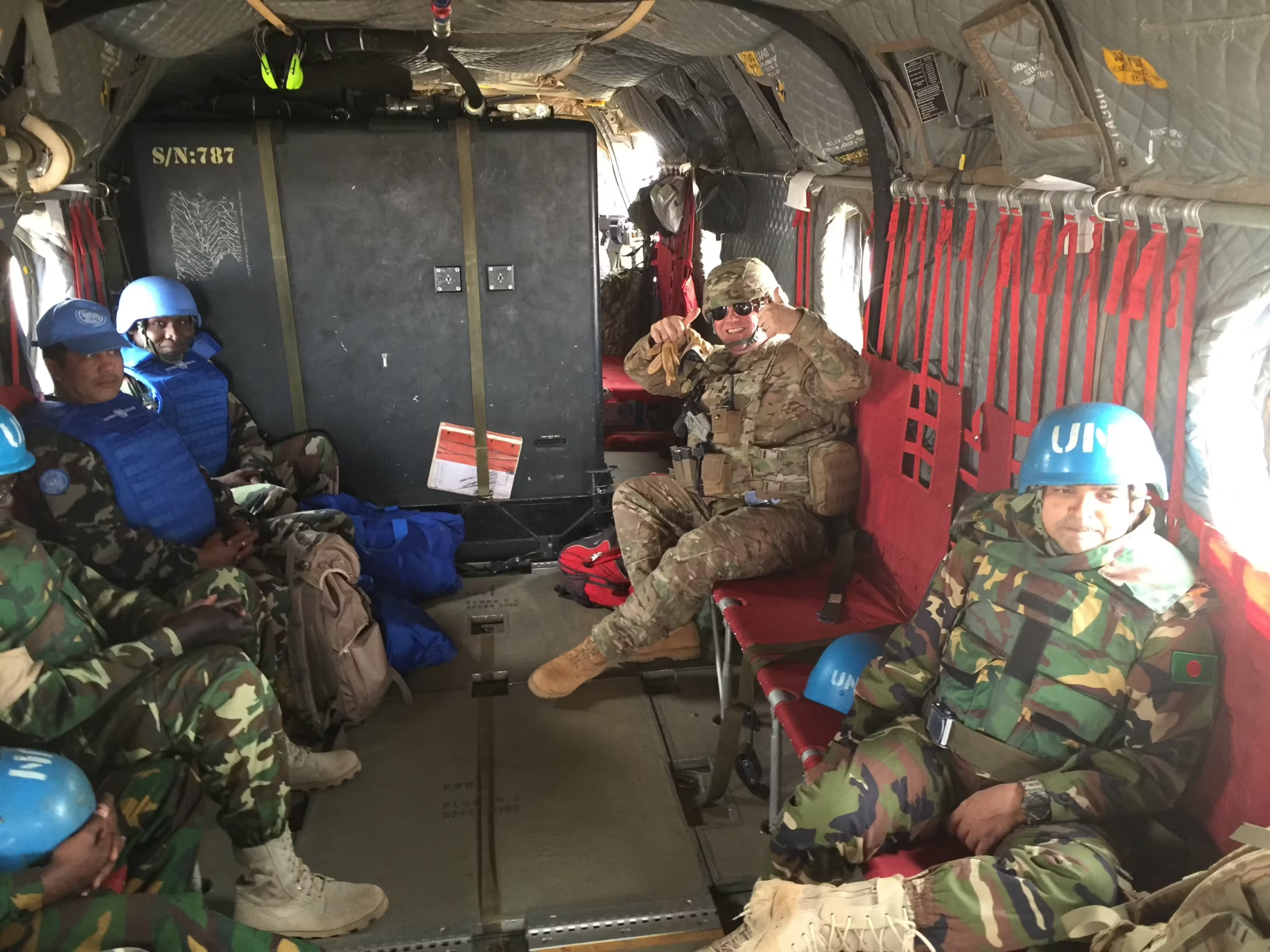
This Veterans Day, Let’s Honor Our Troops by Keeping Them Out of War

Behind Every Safe Flight: Understanding the International Civil Aviation Organization
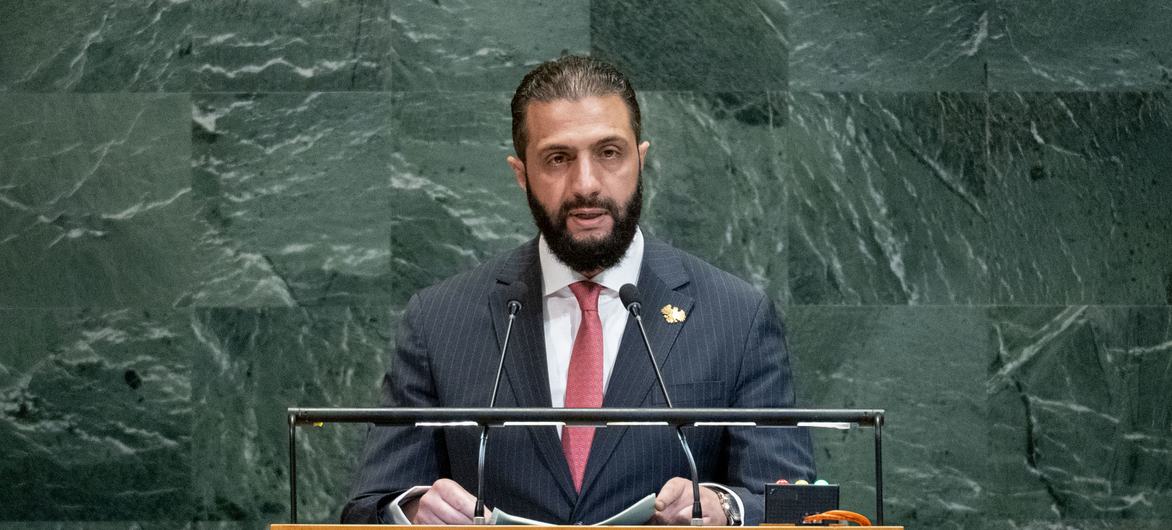
How U.S. Backing Can Preserve Syria’s Perishable Moment
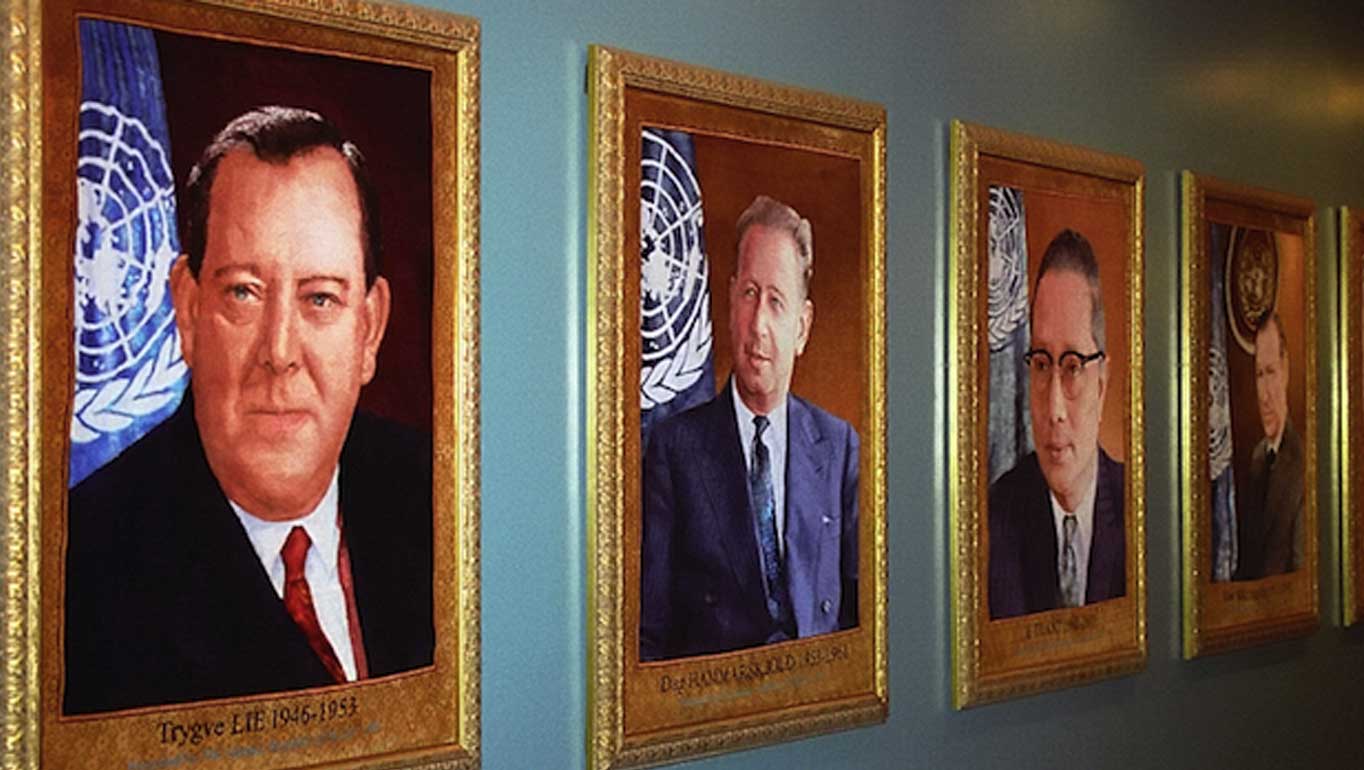
This week, the Trump Administration released its 2025 National Security Strategy.
💡Here's what it means for U.S. strategy and multilateralism:
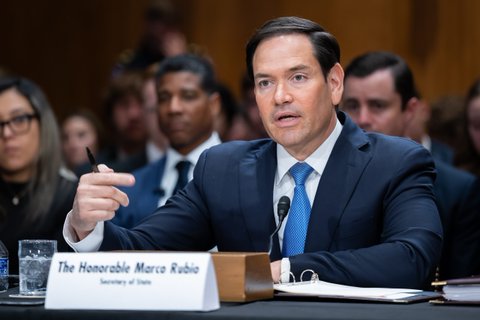
What the 2025 National Security Strategy Means for Multilateralism
The 2025 National Security Strategy advances an "America First” approach with major implications for U.S. engagement with the United Nations.
betterworldcampaign.org
Whether addressing gang violence in Haiti or setting the stage for post-war Gaza, Security Council resolutions have lasting, global impacts.
From inception to the final vote, read how these resolutions become a reality in our latest blog.
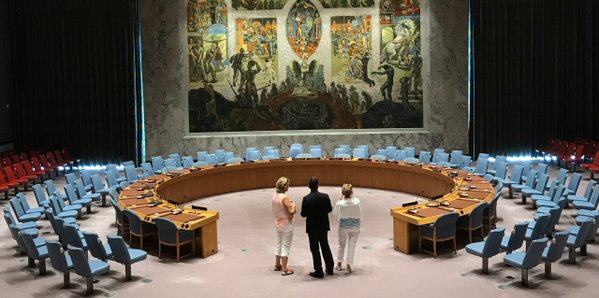
The Making of a UN Security Council Resolution
What it takes to move a resolution through the UN Security Council offers a look at diplomacy in action – from negotiation to adoption.
betterworldcampaign.org
As families give thanks and celebrate the food on our tables, it’s a good moment to recognize the global partnerships that make it possible.
Hear from @USYouthObserver Jarrett Lash how the UN’s @FAO supports American farmers.
Read his full thoughts: https://betterworldcampaign.org/expert-analysis/american-farmers-have-much-to-gain-from-the-united-nations
Curious how UN agencies like @WFP and @UNICEF are funding American farmers? Buying these crops not only fuels communities here at home, but helps feed millions impacted by conflict.
Learn more in our latest blog from @USYouthObserver Jarrett Lash
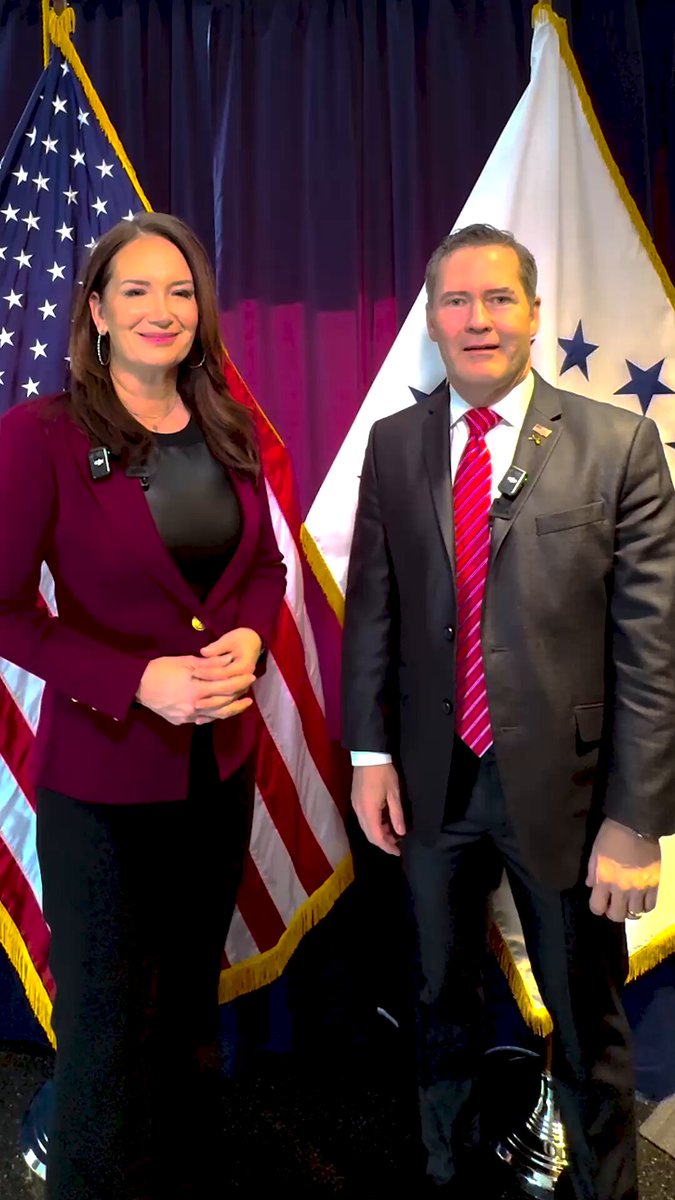
FANTASTIC to have our incredible Secretary of Agriculture @SecRollins Brooke Rollins at the UN!
We’re working hard with international aid agencies to buy excess American crops in a win-win for our farmers and those in need.
Proud to showcase America’s agricultural leadership on…
Curious how UN agencies like @WFP and @UNICEF are funding American farmers? These commodities not only fuel communities here at home, but help feed millions impacted by conflict worldwide.
Learn more in our latest blog from @USYouthObserver Jarrett Lash:

FANTASTIC to have our incredible Secretary of Agriculture @SecRollins Brooke Rollins at the UN!
We’re working hard with international aid agencies to buy excess American crops in a win-win for our farmers and those in need.
Proud to showcase America’s agricultural leadership on…
UN in the Field 🇺🇳 | Mongolia Part Three
Together with @urecaofficial, @UNDP is tackling Mongolia’s pollution crisis head-on. By harnessing AI and solar technology, this initiative is paving the way for a cleaner, healthier future for communities across the country.
As millions of Americans head home for the holidays, one UN agency is quietly keeping the skies safe and your travel running smoothly.
From safety standards to air traffic coordination, the @ICAO ensures that you get where you need to go.
Read more: https://betterworldcampaign.org/expert-analysis/icao-the-un-agency-holding-up-the-worlds-airspace
UN in the Field 🇺🇳 | Mongolia Part Two
Mongolia's capital city is one of the most polluted in the world. @UNDP is working to change that.
See how @urecaofficial and UNDP are using solar to pave the way toward a healthier future for Mongolia.
The Secretary-General of the @UN is part CEO, part crisis manager and full-time advocate for 8 billion people.
As the next SG race gears up for 2026, our latest blog breaks down the selection process, the stakes, and why it matters.
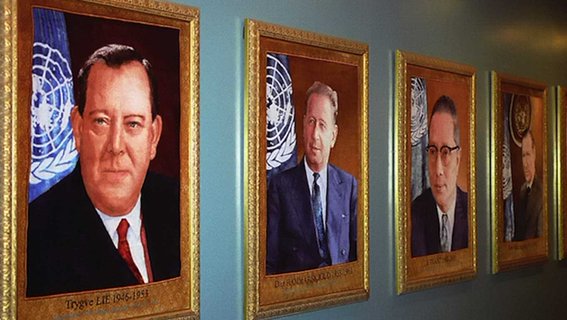
Becoming Secretary-General: How the World’s Top Diplomat Gets the Job
As the UN prepares to elect a new Secretary-General in 2026, here’s how the world’s top diplomat is chosen — and why the process matters.
betterworldcampaign.org
